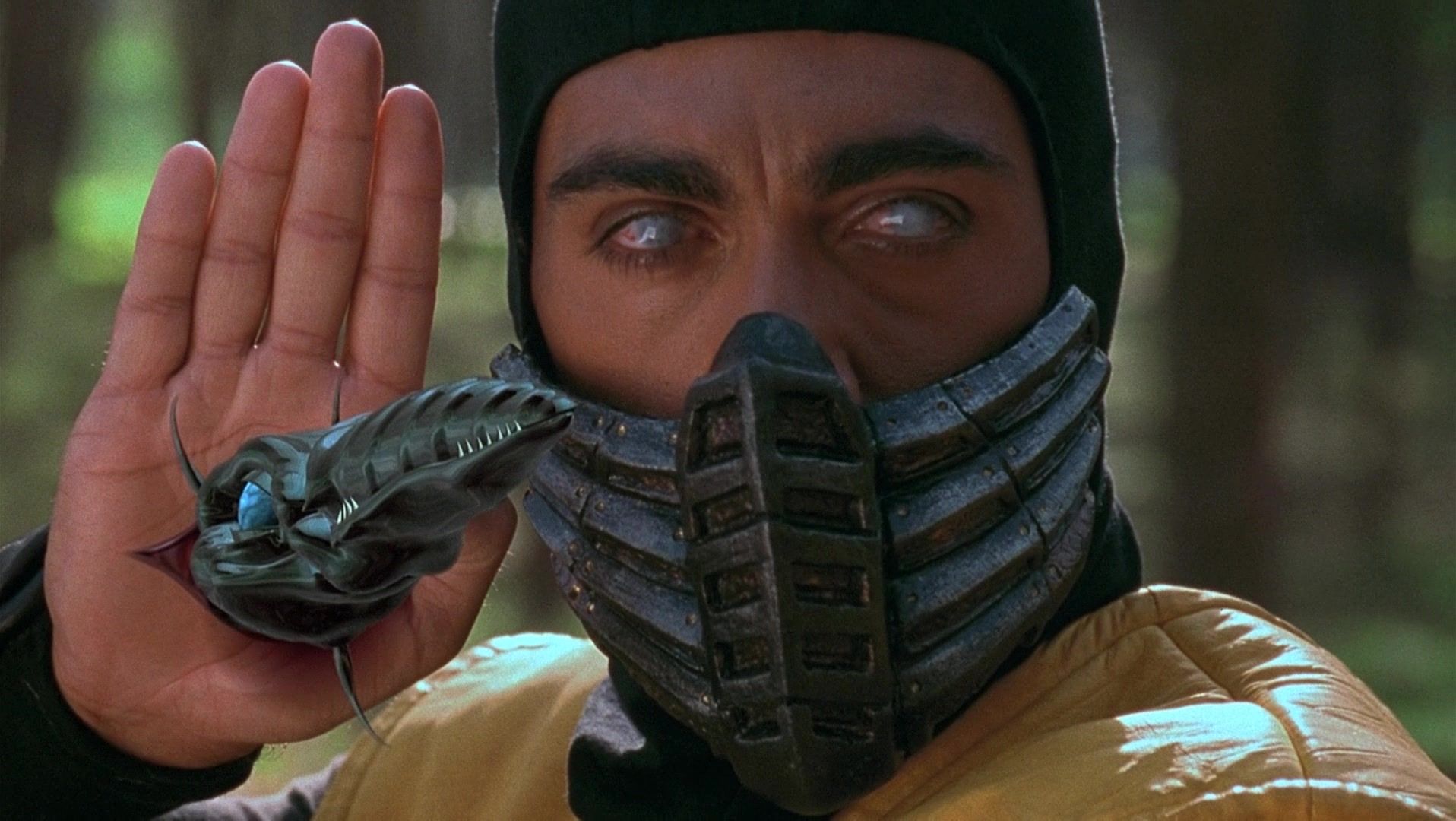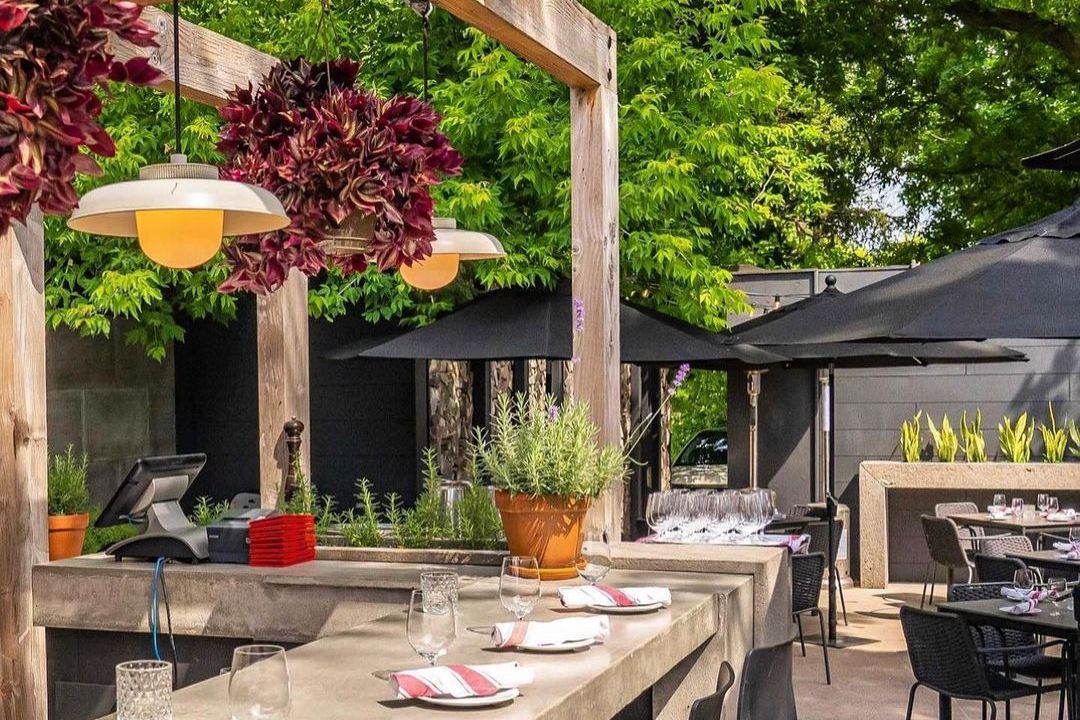Christine Lesiak and Louise Casemore in Lost Sock Rescue Society, Small Matters Productions. Photo supplied.
By Liz Nicholls, .ca

A Fringe Full Of Stars, Edmonton Fringe 2025
After 11 days and nights, Fringe Full of Stars, the 44th annual edition of our giant summer theatre festival, is poised to exit the stage (actually, its 40 stages) Sunday night.
To help support .ca YEG theatre coverage, click here.
And by Sunday morning delighted Fringe organizers could bask in some official starshine from the box office. So far, 138,500 tickets to its 221 shows have been sold (topping rather decisively last year’s 127,371 sales figure, and up still further from 2023’s 114,000). And this warming news of post-pandemic recovery, continues: 490 sold-out shows, 14 shows that totally sold out their entire Fringe runs.
The behemoth Fringe of 2019 did sell more tickets, 147,358 to be precise, than Fringe Full of Stars, but, in context, that year’s lineup was 258 shows strong, so the audience was spread out more thinly amongst shows. And the record-breaker that pleases Fringe Theatre executive director Megan Dart and Fringe festival artistic director Murray Utas the most is the $1,47 million, so far, that goes back to Fringe artists, who keep 100 percent of the base ticket price. It already surpasses even the $1.39 million of 2019, with more to come before closing time. Stay tuned.
“Literally more money back to artists’ pockets,” says Utas happily, “more sold-out shows, and more new audience.” Dart echoes the thought. “This year we were focussed on audience engagement. How do we bring new audiences to the festival? How do we inspire folks who come to the outdoor festival (which includes a veritable carnival of street performers, food, beer tent action) to see a show? Because we know that when they get indoors to see theatre, they’re hooked!”
“And they come back next year to see three shows, then five shows, and then before you know it they’re a Frequent Fringer,” with a multi-show pass. Theatre is contagious that way, as Dart argues. Hence, the space, time, budget, and importance devoted to the (free) KidsFringe.
The increase in the Fringe lineup from last year’s 216 shows to 221 is deliberately modest, as Utas and Dart explain — judged so that number doesn’t outstrip either the audience or the critical festival infrastructure. Utas imagines that the number of shows in next year’s Fringe will remain about the same, “in the 215 to 225-show range.”
This year, a tough one in live theatre, production costs, including materials and utilities, have risen exponentially, in parallel to a freeze, or reduction, in grants and the dwindling of sponsorships. Setting up one of the Fringe’s official lotteried venues used to have a $10,000 tab; now it’s $15,000 or so. The Sustain Fringe campaign designed to encourage fringers to sign up for monthly donations, started a year ago with 34 donors. That number is now 692, and counting.
When it comes to community engagement, the Fringe itself is an experimenter. This year, the technical wizard Bradley King set up a trial program on the Edmonton Fringe website where the theatre-going public, student critics, and the media could submit reviews. Since “critical dialogue” is part of theatre, and theatre careers, and print journalism is on the decline, as Dart suggests, the Fringe has made a contribution with this initiative. So far, success!, there are over 1200 on the site, an average of four reviews per show.
Indie theatre, and its artists, are up against it. The circuit of Fringe festivals, built on the Edmonton model (the oldest and still the biggest on the continent), can take a bow for its role in launching and building careers, and finding audiences for artists’ creations. Dart wonders if there is any working theatre artist in the country whose career hasn’t been connected, “at some point, in some fashion, with a Fringe.”
Good question. In addition to emerging talents, this summer’s edition has attracted the return of working theatre professionals.

Bomb, starring Mariya Khomutova. Pyretic Productions. Poster by Amelia Scott.
When actor/playwright/activist Lianna Makuch, for example, got excited to direct the Canadian premiere of Bomb, a dark, absurdist comedy by Natalia Blok, and thereby introduce us to the world of contemporary Ukrainian theatre, she knew she’d found the perfect home for it at the Fringe. “It’s subversive, it’s weird, it’s edgy … it encompasses everything the Fringe is all about.” The entire run sold out.
Small Matters Productions artistic director Christine Lesiak is considering future touring for The Lost Sock Rescue Society, the new interactive two-hander comedy (co-created with co-star Louise Casemore). It made sense to premiere the show at the Fringe. “For me (the Fringe) is a space where I know I can try something new with a reasonable safety net. Producing as an indie artist outside of Fringe is very expensive and very financially risky…. Fringe has a built-in audience of thousands (maybe tens of thousands?) of people who only go to to theatre during the Fringe, so it exposes work to new audiences.”

Larissa Poho in Moonshine, Edmonton Fringe 2025. Photo supplied.
Larissa Poho, the creator and star of Moonshine, an original musical cum immersive Ukrainian kitchen party that she expanded from a solo creation to an ensemble with a live band, found a first-time BYOV (bring-your-own) venue at Waffle Bird in Strathcona. “I knew I could easily fill seats, with my connection to the Ukrainian community outside of Fringe. But I never expected the overwhelming response and excitement for our show. We had sold 80 per cent (of the seats) before the festival, and that became selling out the entire run before the end of day 2.”
As part of the Fringe Holdover Series this week the show will now be adapted (Poho calls it “refreshed”) for an actual theatre, the Westbury, instead of “a cozy restaurant.” And she’s already received hosting offers from other venues — in Edmonton, Calgary, Saskatoon, Winnipeg, Armstrong, Philadelphia.
“At the end of the day,” says Poho, “it’s all about connection, shared through my personal lens and all the communities that being to (Ukrainian, queer, disabled, theatre-makers, tattooists, visual artists, musicians …)…. The story of Moonshine itself isn’t new — but it’s necessary,” in our post-pandemic re-adjustment. “We all need a little community magic and connection.”
Ah, and that’s what the Fringe is for. And it’s what keeps us coming back.















